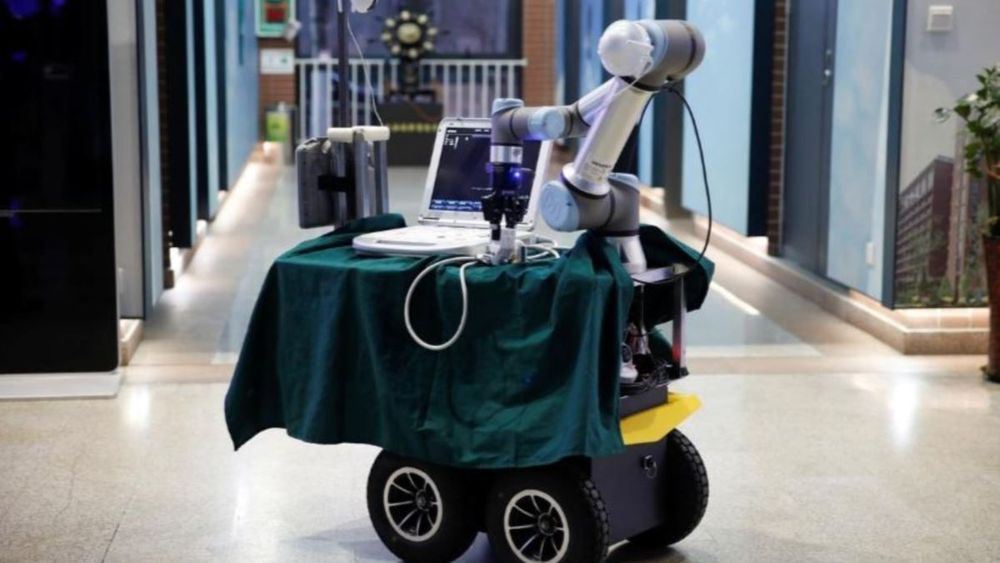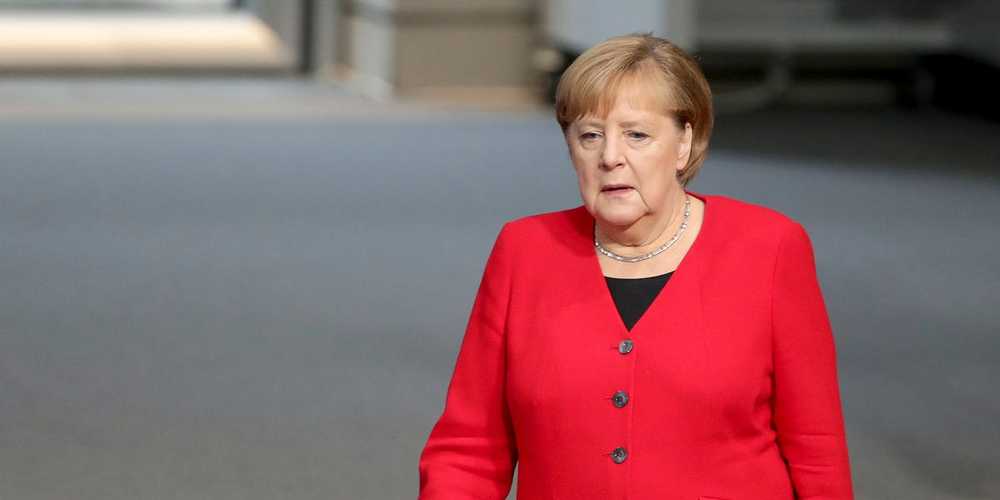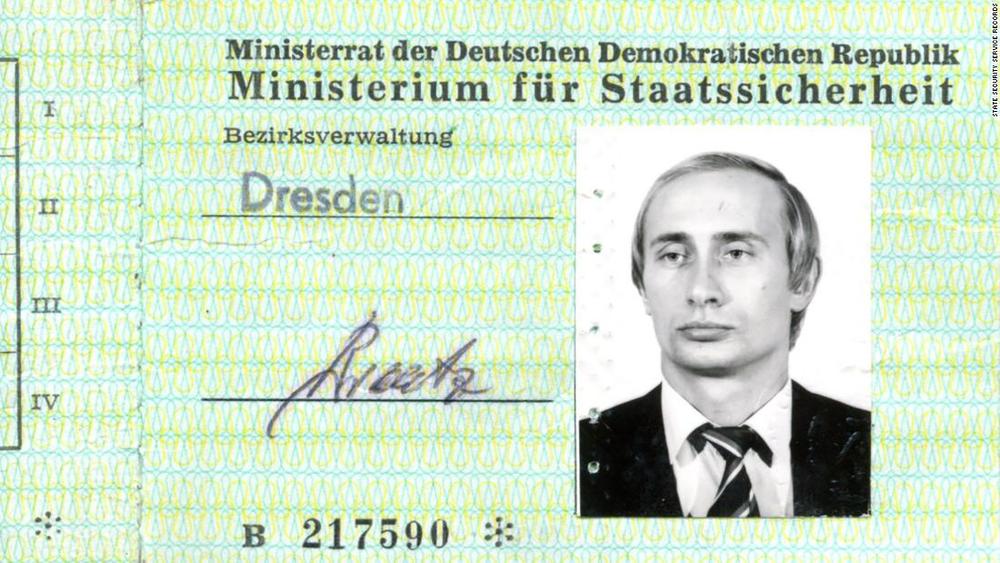Chinese researchers have developed a robot designed to help doctors treat the new coronavirus and other highly contagious diseases.
The machine has a long robotic arm attached to a base with wheels. It can perform some of the same medical examination tasks as doctors. For example, the device can perform ultrasounds, collect fluid samples from a person’s mouth and listen to sounds made by a patient’s organs.
Cameras record the robot’s activities, which are controlled remotely so doctors can avoid coming in close contact with infected patients. Doctors and other medical workers can operate the machine from a nearby room, or from much farther away.









